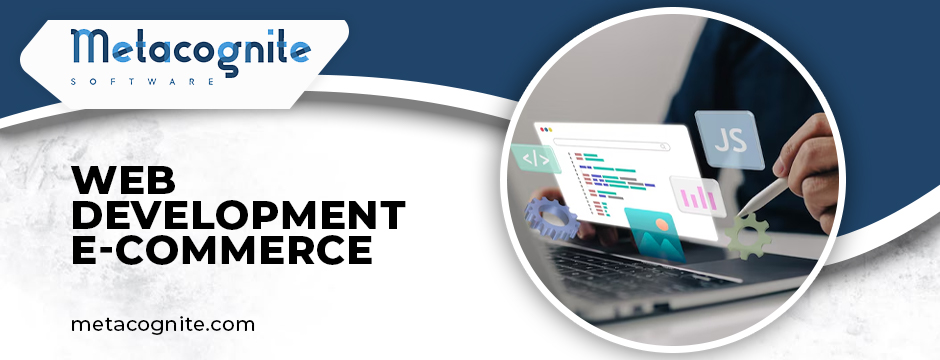Why Framer Website Development Is Perfect for Design-to-Code Accuracy
In today’s rapid-fire digital age, websites need to be stunning and work perfectly, with no compromise. Designers and developers have laboured alongside each other for years, sometimes in slightly different tongues. Moving from design software to coded sites hasn’t always been seamless. That’s when Framer website development comes in, revolutionising how we close the design-to-code gap.
If you’ve ever had the frustration of converting a beautiful design mockup into an interactive, responsive website, you’ll appreciate the agony of losing details in translation. Framer offers a welcome relief, enabling developers to ship high-fidelity websites that look identical to the original design.
Let’s explore how Framer enables pixel-perfect precision, accelerates production, and puts designers and developers in real collaboration.
The Frustration of Traditional Workflows
Design and development teams have used different tools to get their job done for years. Designers built static mockups using tools such as Figma or Adobe XD, and then handed them off to developers to implement. But this is where it gets tricky—design intent is usually lost in translation. Font sises change, spacing is inconsistent, and animations might not be done according to the designer’s original intent.
Developers, however skilled, at times must guess the designs instead of copying them verbatim. That ping-pong process not only takes time but tends to create frustration on both sides.
With Framer website development, that gap is largely eliminated. Developers can develop with interactive prototypes that hold much more information than static images or PDFs, making it simpler to convert design to code without guessing every pixel.

What Sets Framer Apart?
Framer is more than a prototyping tool. It’s a complete platform that empowers designers to make interactive, high-fidelity designs ready for development. The interface itself is intuitive to designers yet provides developers with assets and organisation they can start coding with right away.
One of the strongest aspects of Framer web design is that it can produce actual React code from design elements. This implies that the visual elements you design in Framer can be directly utilised in your development pipeline, saving so much time and minimising discrepancies.
Instead of rewriting UI elements in code from scratch, developers can export or inspect elements directly from Framer and integrate them into their apps with minimal tweaking.
Real-Time Collaboration Among Teams
Real-time collaboration is another breakthrough. Designers and developers in Framer can collaborate in the same environment, seeing what the other does in real time. No more exporting, uploading to Dropbox, or emailing stale PDFs.
This cooperative model revolutionises the dynamic of web projects. Design adjustments can be made in a snap, and developers can immediately grasp the interaction logic behind transitions, hover effects, animations, and responsiveness.
It means quicker delivery times and fewer cycles of revisions for businesses. For developers, it means less trial and error and more accurate implementation. And for designers, it means their vision actually gets implemented on the live site.
Clean, Production-Ready Code
One of the no-code or low-code myths is that these tools generate sloppy, inefficient code. Although this might be the case with some platforms, Framer website development is different.
Since Framer is based on React, one of the most popular front-end frameworks, what it generates is clean, well-structured, and scalable code. Developers working on contemporary JavaScript environments can easily adopt and build upon this code.
Even when designing with Framer’s visual tools, there is an evident logic behind each layer, component, and interaction. This is what enables developers to spend less time rewriting simple layouts and more time optimising features or even improving performance.
Responsiveness and Interactivity Built-In
We live in a multi-device world. Whether it’s a phone, tablet, laptop, or widescreen monitor, your website needs to look sharp and function properly. The challenge? Designing and developing responsive layouts that behave exactly as expected on every screen size.
Framer enables this process to be effortless. Its integrated responsive design features enable both developers and designers to preview layouts in real time. A developer only touches code after the structure has already adjusted elegantly to varying screen sises.
Not only that, but Framer’s easy-to-use interface also enables scroll-based animations, hover effects, click interactions, and dynamic transitions—all without the need for complicated lines of code. They enrich the user experience and are hard to reproduce unless you’re designing in an environment that natively supports them, such as Framer.
Speed Without Compromising Quality
Time is a frequent concern in most web projects. Clients want yesterday’s delivery of sites, and development teams usually feel the urgency of strict deadlines. The old design-to-code process is time-consuming in nature, particularly when things change repeatedly.
With Framer website development, teams greatly reduce back-and-forth rounds. The necessity to “interpret” the design is eliminated, and handoffs are smooth. Developers begin with functional prototypes that mimic the finished product, wasting weeks of time throughout a project.
Speed does not come at the expense of quality, however. Framer’s instant design feedback and native compliance with today’s coding best practices guarantee that developers can never have to cut corners on user experience or performance.
Better Results, Happier Teams
At its core, Framer website development enhances collaboration and accuracy between teams. Designers are able to see their vision become a reality as planned. Developers spend less time reverse-engineering static designs. Project managers have shorter timelines and fewer setbacks.
When every team member knows the tools and shares a common vocabulary, the end result is a high-quality, streamlined website that everyone is proud to show. And when the process is this streamlined, there’s room for more innovation and less stress all around.
Final Thoughts
Those are the good old days when design and development remained in different silos. Thanks to the strength of Framer website development, the long-audited handoff between designers and developers is now a genuine collaboration. The tool not only assists developers to create what the designers design—it enables them to do so with unparalleled accuracy, speed, and confidence. Whether you’re creating a landing page, an interactive portfolio, or a sophisticated web app, Framer provides a design-to-code experience that’s both modern and intuitive. It’s a space where creative freedom collides with technical excellence—and that’s a winning combination.
If you’re seeking a web development process that truly reflects the original design, look no further than Framer. With Meta Cognite, turning visual ideas into live, responsive websites has never been easier or more accurate. Visit our website now and get detailed information about our web development e-commerce services!
FAQ:
1. What makes Framer website development different from traditional website building?
Framer website development bridges the gap between design and code by allowing real-time collaboration between designers and developers. Unlike traditional workflows that rely on static mockups, Framer provides interactive, production-ready components, reducing the back-and-forth and maintaining design accuracy.
2. Can Framer help ensure my website looks exactly like the original design?
Yes. One of the key benefits of Framer website development is design-to-code precision. Developers can work directly with high-fidelity interactive designs, ensuring the final website matches the designer’s vision pixel by pixel—no details get lost in translation.
3. Is Framer suitable for responsive and mobile-friendly web design?
Absolutely. Framer has built-in tools for responsive design, allowing websites to adapt smoothly to different screen sizes and devices. During the design phase, responsiveness can be tested in real time, ensuring a seamless user experience across all platforms.
4. Does Framer generate clean and scalable code for developers?
Yes, Framer is built on React and produces clean, developer-friendly code. Developers can easily integrate this code into existing projects, scale it, and make custom adjustments—without having to start from scratch or fix bloated code.



